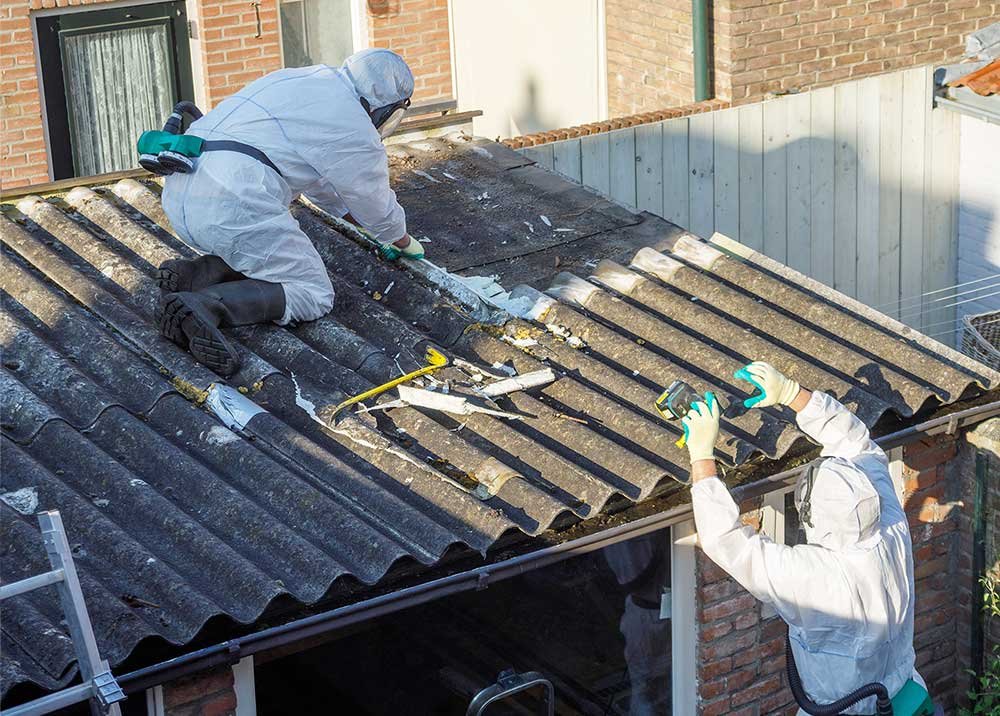Asbestos is a dangerous, naturally occurring mineral fiber that was widely used in construction, manufacturing, and other industries until the 1970s. Sadly, the exposure to asbestos can cause serious health problems, including lung cancer, mesothelioma, and asbestosis. For this reason, it’s important to follow strict safety measures when dealing with asbestos-containing materials, including the appropriate protective clothing, such as coveralls for asbestos.
Coveralls are a one-piece garment that covers the entire body, including the torso, arms, and legs. They’re often used by workers in hazardous environments to protect their skin and clothing from harmful substances, such as asbestos. However, not all coveralls are created equal. Here are some important factors to consider when choosing coveralls for asbestos:

Table of Contents
Material
One of the most critical considerations when choosing coveralls for asbestos is the material they’re made of. The fabric should be made of a strong, non-porous material that can’t easily tear or puncture. Ideally, it should also be made from a flame-resistant material, as asbestos fibers can become flammable when exposed to heat or friction. Common materials for asbestos protective clothing include Tyvek, nylon, and PVC-coated polyester.
Fit
Proper fit is essential when it comes to protective clothing, especially in the case of asbestos. If the coveralls are too loose, they may snag or tear, allowing asbestos fibers to enter the wearer’s skin and clothing. Conversely, if they’re too tight, they may restrict movement and cause discomfort or impaired breathing. It’s important to choose coveralls that are the right size for the wearer and offer a comfortable, flexible fit.
Seams
Seams are an often-overlooked factor when it comes to protective clothing for asbestos, but they can be critical. The seams between different pieces of material can provide an entry point for asbestos fibers, potentially compromising the entire suit’s protective properties. Therefore, it’s important to choose coveralls with reinforced seams, or better yet, ones that are sealed entirely with an adhesive tape, making them virtually impervious to asbestos.
Hood
An asbestos suit’s hood is another crucial feature. It’s important to choose a suit with a hood that’s large enough to fit comfortably over the wearer’s head, offering ample protection around the neck and shoulders. The hood should also be adjustable to ensure a snug fit, preventing any asbestos from getting into the nose or mouth. Some asbestos coveralls come equipped with a built-in respirator built-in, which provides even more protection.
Reuse and Disposal
Finally, it’s important to consider how coveralls can be reused and disposed of properly. Some coveralls can be safely reused multiple times if properly cleaned and sterilized. Others may require a more thorough cleaning and disposal process, which must follow specific regulations to avoid releasing asbestos fibers into the air. It’s important to understand your employer’s specific protocols for properly handling, cleaning, and disposing of asbestos protective clothing.

When dealing with asbestos, protective coveralls are a critical piece of equipment to keep workers safe. Proper selection of coveralls can make all the difference to protect against asbestos fibers getting into the wearer’s clothing or the air they breathe. Therefore, consider carefully the materials, fit, seams, hoods, and reuse or disposal options when choosing your suits. A good quality, well-fitted and appropriate protective clothing provides the best assurance for the worker’s health and safety in an area of dangerous exposure.


